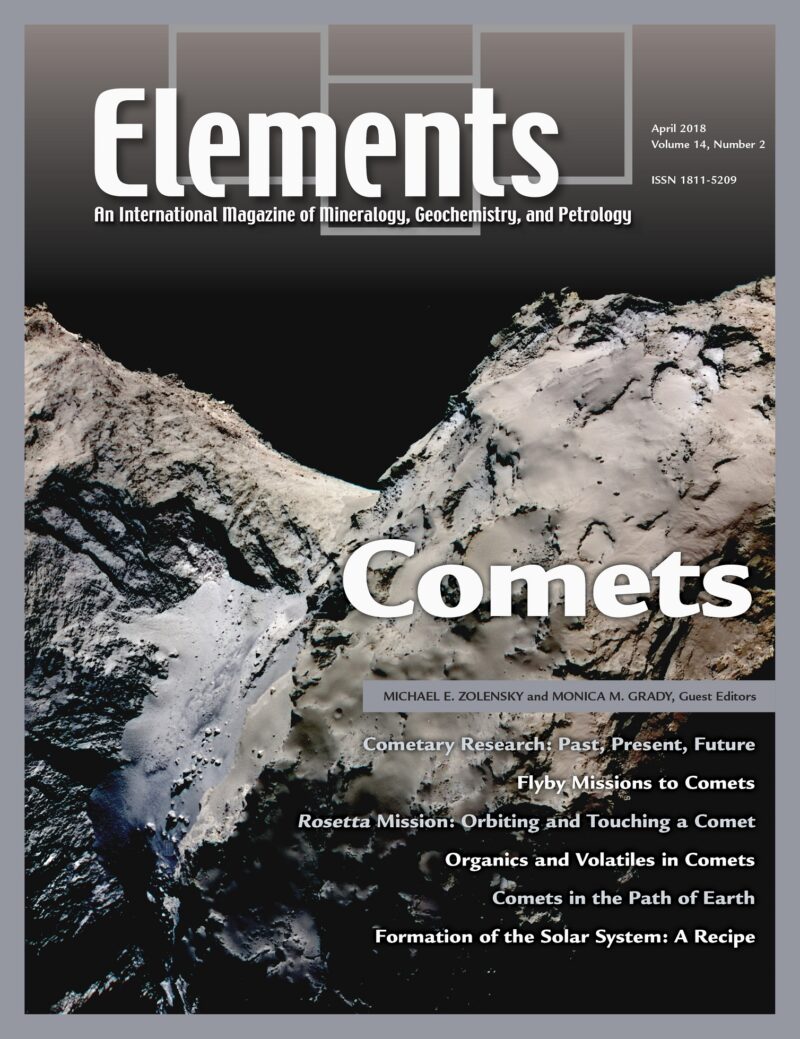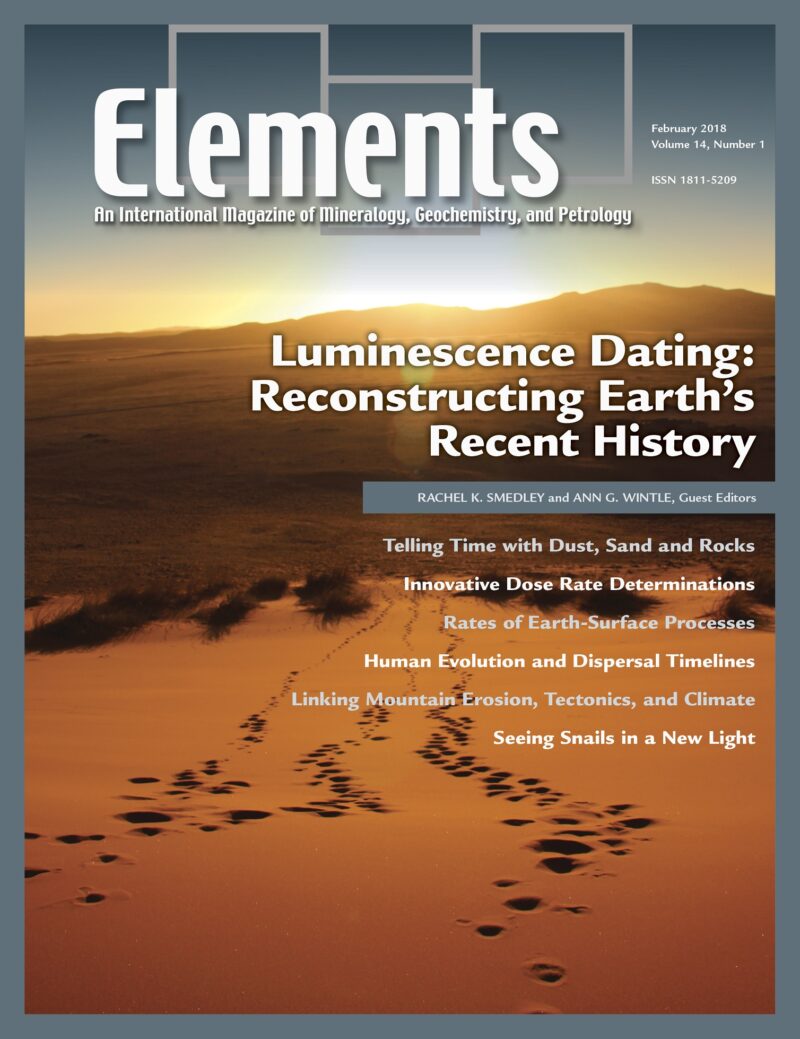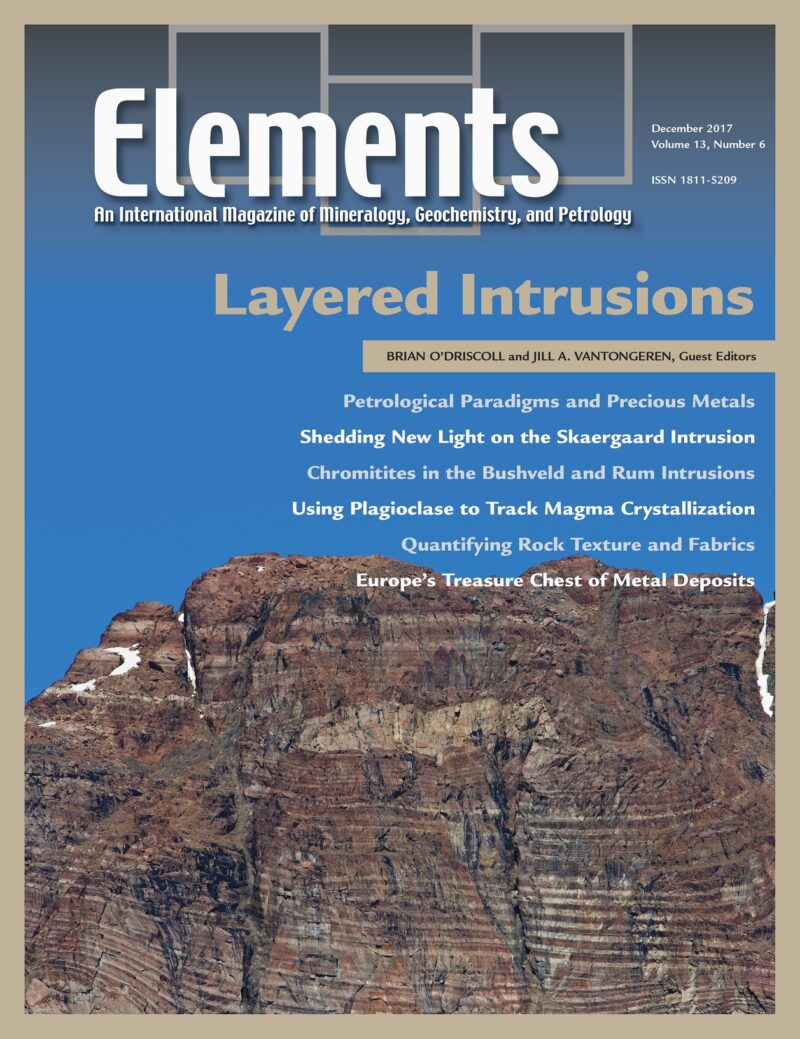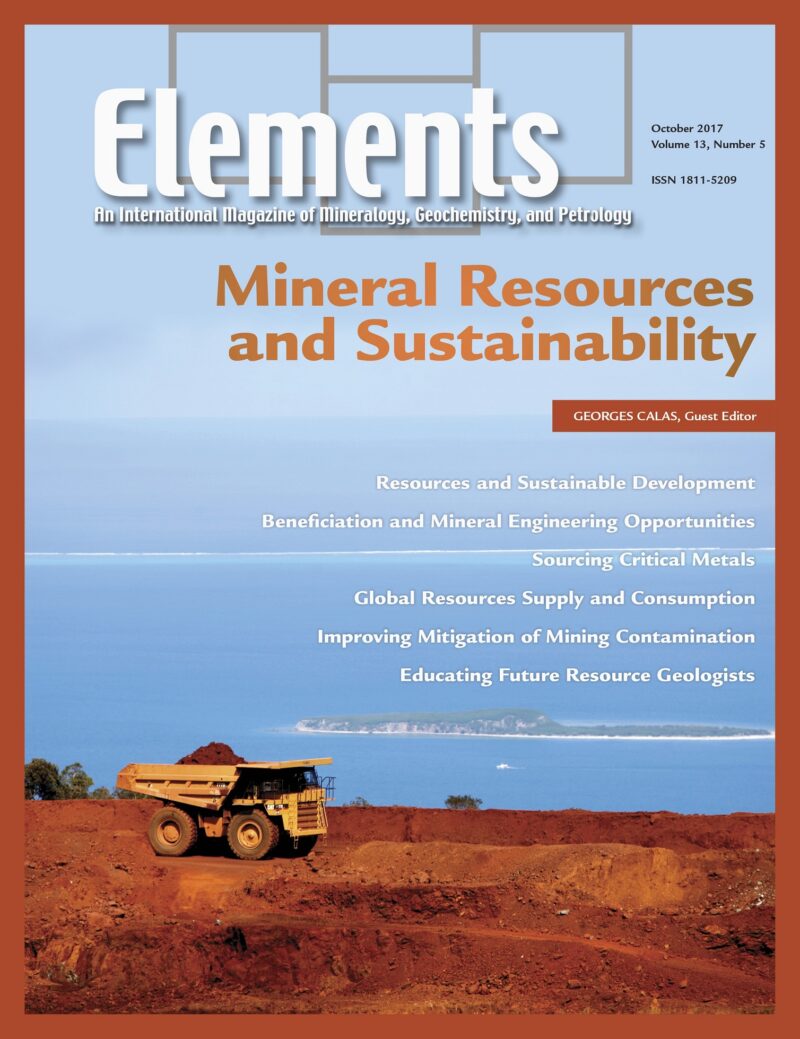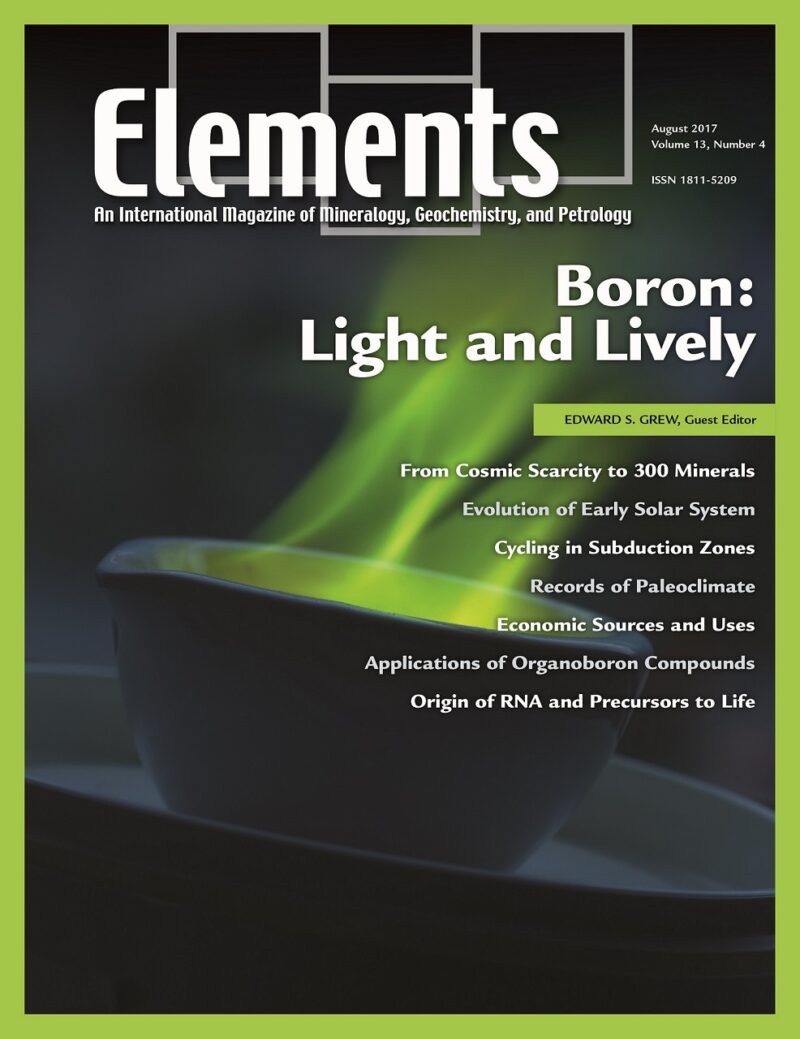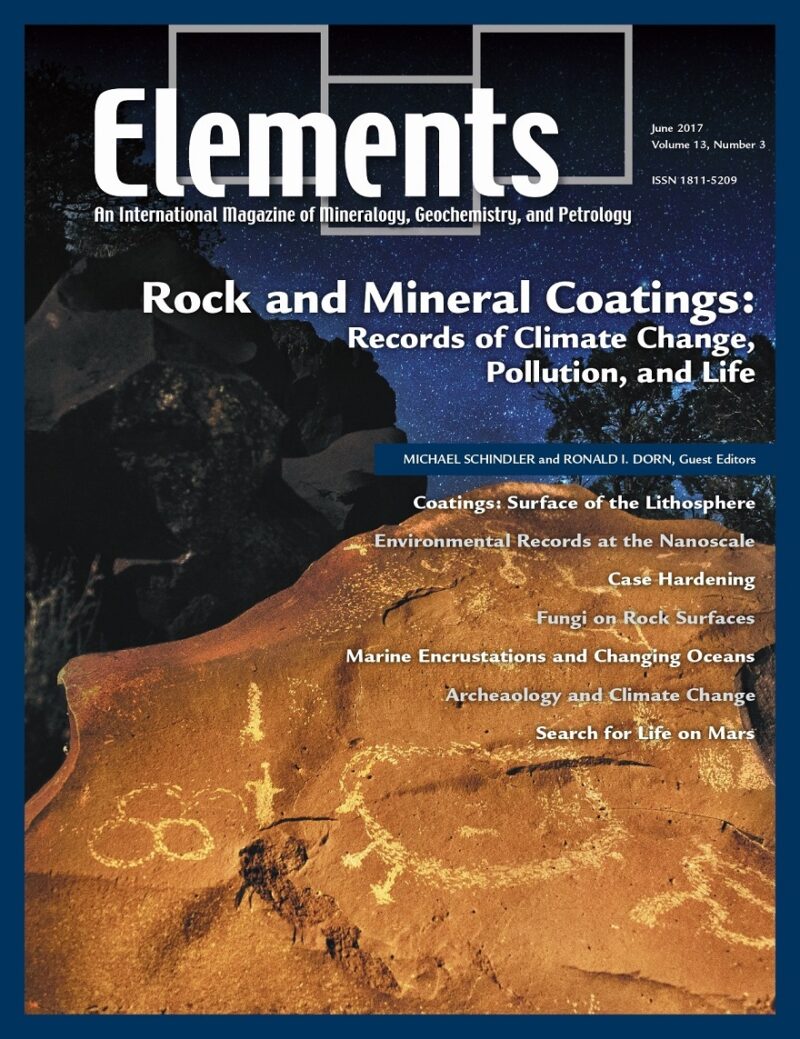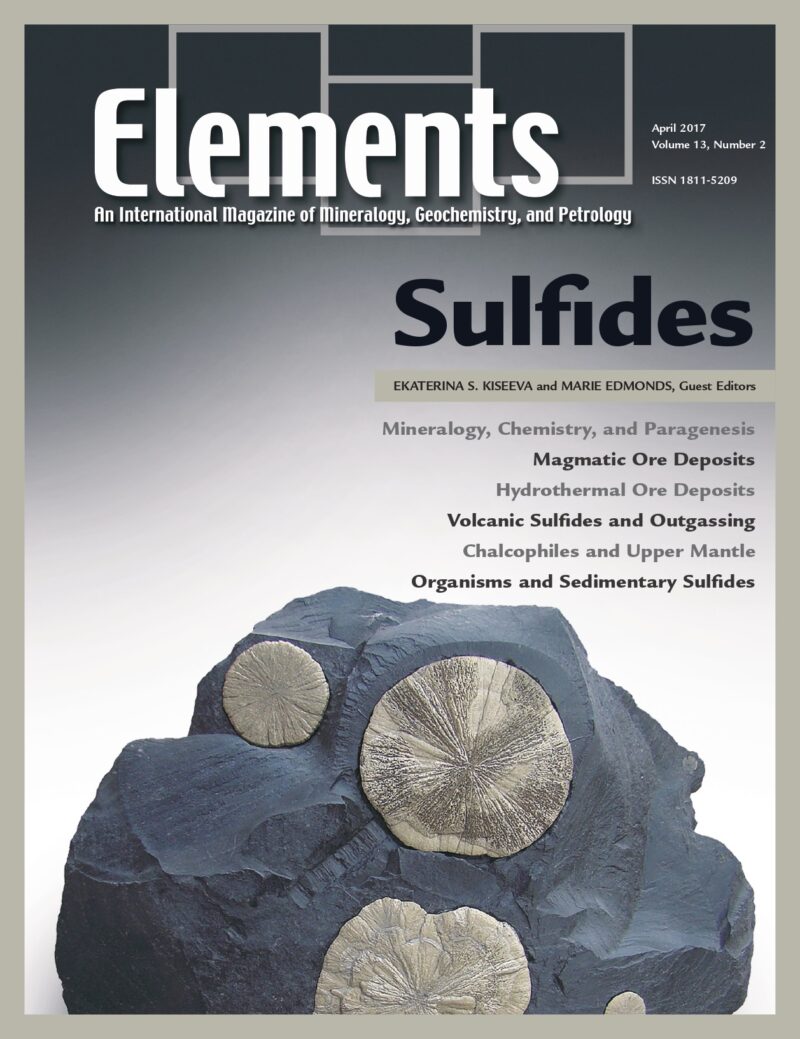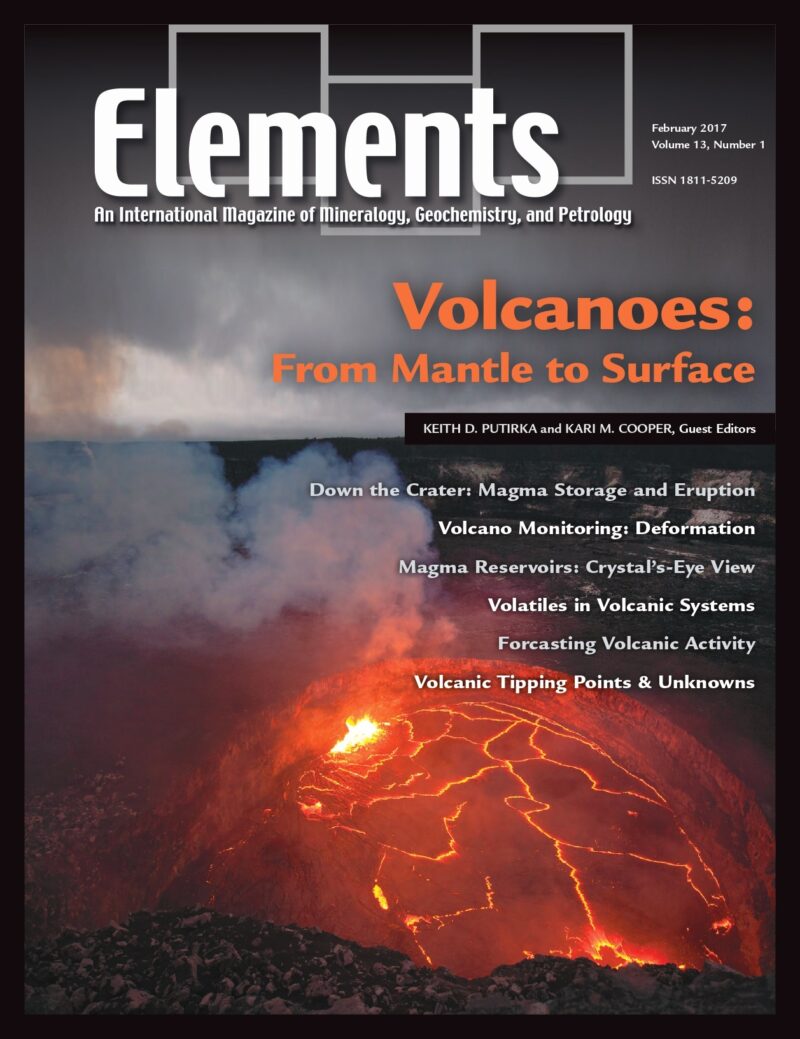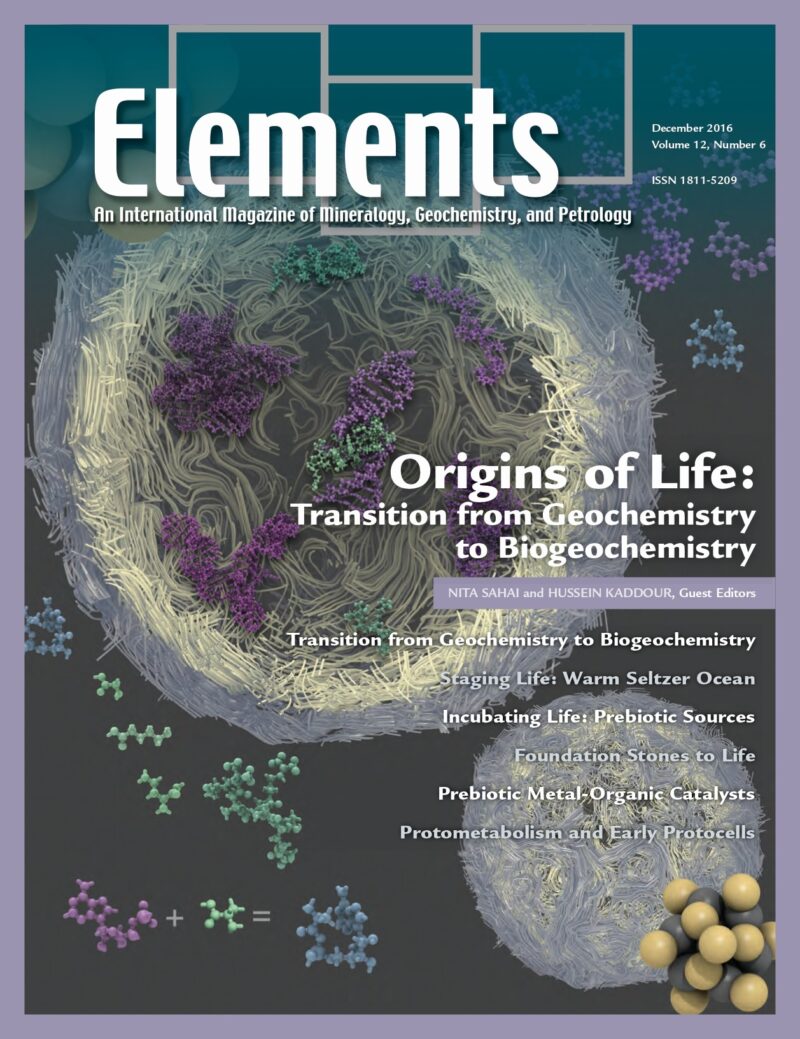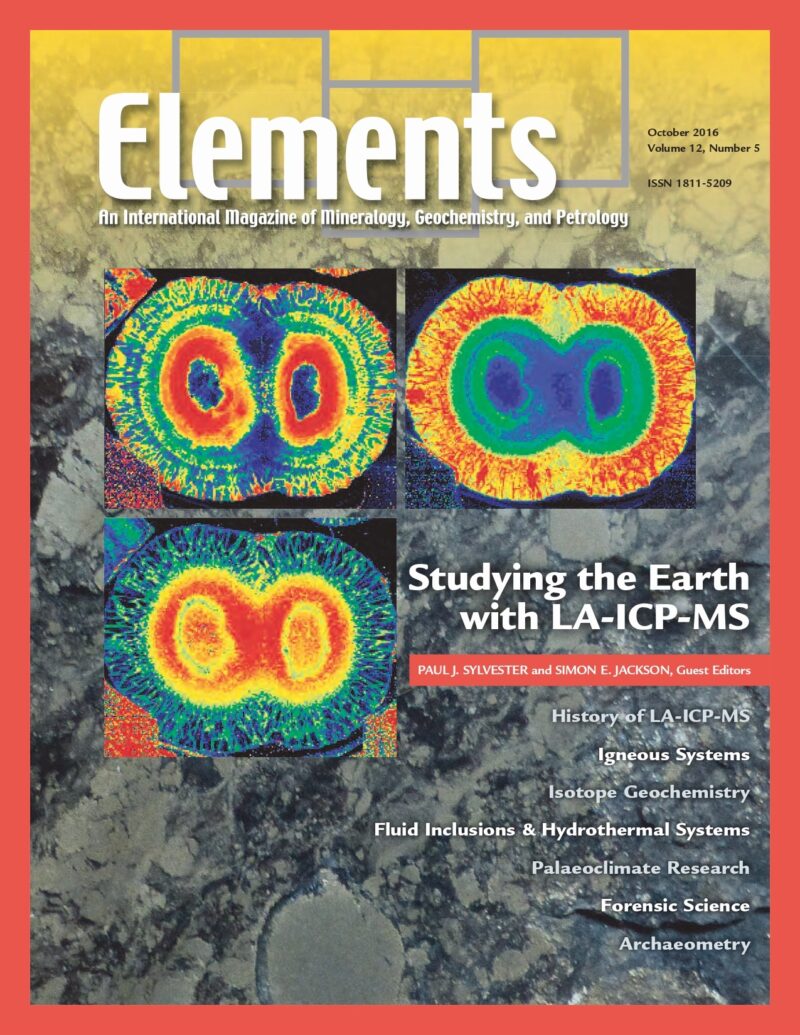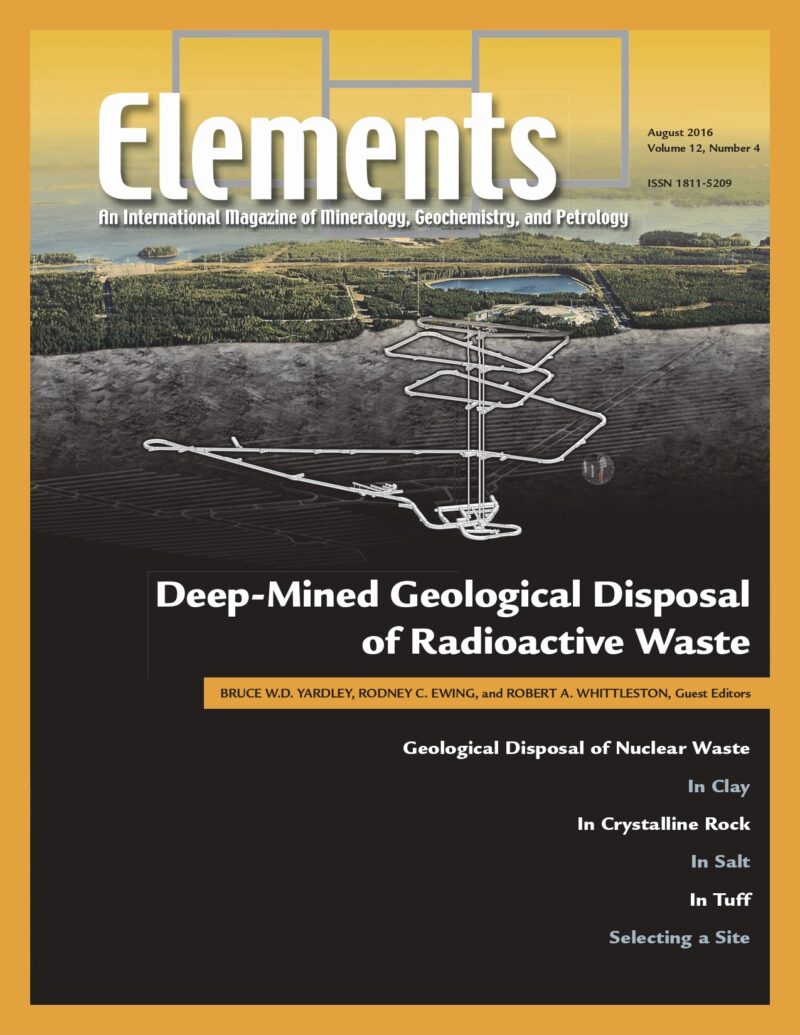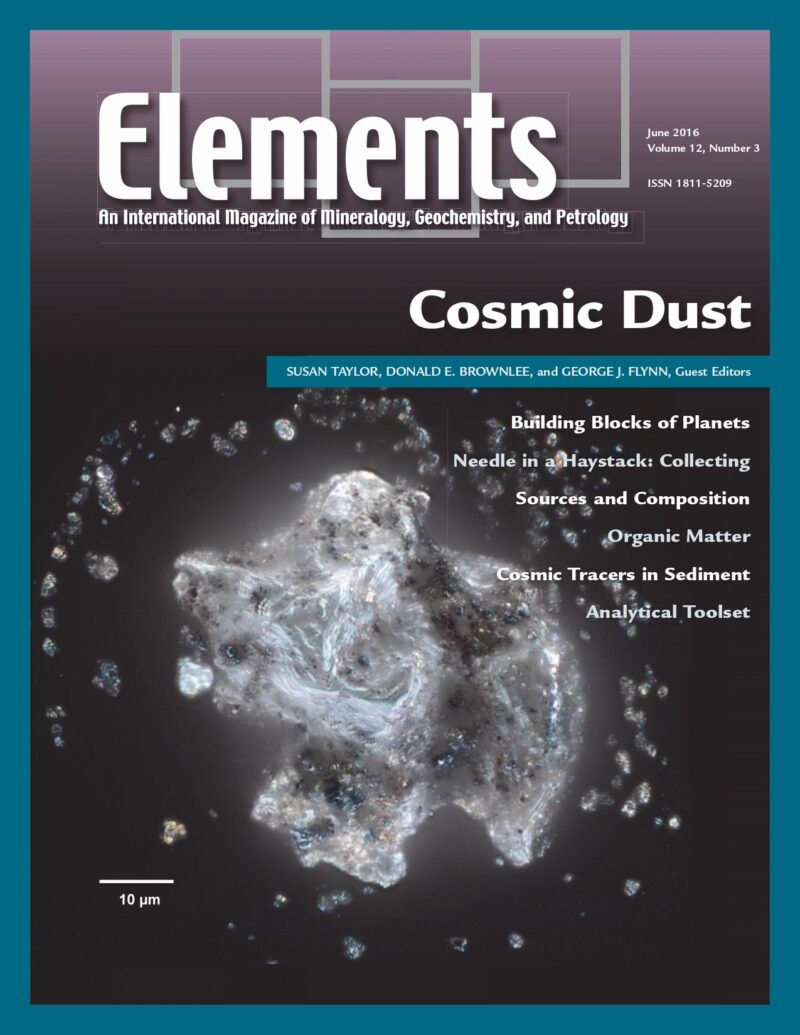-
Comets, April 2018, Vol. 14, No. 2
$20.00It is now possible, for the first time, to synthesize what has been learned regarding the mineralogy, geochemistry, and geology of comets from the Giotto, Vega, Stardust, Stardust NEXT, Deep Impact, and Rosetta missions to comets Halley, Wild 2, Borrelly, Tempel 1, and Churyumov– Gerasimenko. Articles in this issue describe the nature of cometary inorganic phases, volatiles, notable water, and organics.
-
Luminescence Dating: Reconstructing Earth’s Recent History, February 2018, Vol. 14, No. 1
$20.00Luminescence dating is a geochronological tool used to determine the timing of sediment burial, pottery firing, mountain evolution, mineral formation and the exertion of pressure. The luminescence dating technique covers a large age range from modern-day to hundreds of thousands of years using conventional methods, or even up to millions of years according to recent developments.
-
Layered Intrusions, December 2017, Vol. 13, No. 6
$20.00For more than 50 years, layered mafic-ultramafic intrusions have served as natural laboratories for studying magma chamber processes and magmatic differentiation. Further enhancing our understanding of layered intrusion formation will yield valuable insights into the solidification of magmatic systems, the formation of precious metal deposits, and the timescales over which substantial crust-forming episodes occur.
-
Mineral Resources And Sustainable Development, October 2017, Vol. 13, No. 5
$20.00Mineral resources are a vital part of any economy, modern or ancient. Since the birth of civilization, man has used these resources for pigments, metals, glasses, ceramics, cements and much more.
-
Boron: Light And Lively, August 2017, Vol. 13, No. 4
$20.00Fifth in the periodic table, boron is a “light” element whose origin has puzzled astronomers because it is not created in stars. It is “lively”, being an essential element for plants, and having medicinal proper ties, which has stimulated synthesis of organic compounds containing boron.
-
Rock And Mineral Coatings, June 2017, Vol. 13, No. 3
$20.00Chemical and/or biological processes can produce coatings on the surfaces of rocks and minerals. These coatings form at the interface between the lithosphere, biosphere, and atmosphere in a diverse range of environments, such as common soils, deserts, volcanic weathering environments, smelter-impacted areas, Antarctica and glaciated environments, and have even been found on Mars.
-
Sulphides, April 2017, Vol. 13, No. 2
$20.00Despite the bulk silicate Earth only containing 250 parts per million of sulphur, sulphide minerals and liquids have a powerful impact on the behaviour and fractionation of a wide range of elements in the Earth’s crust and underlying mantle. According to the V.
-
Volcanoes: From Mantle To Surface, February 2017, Vol. 13, No. 1
$20.00Volcanoes have played a large role over Earth’s history in building the crust, contributing to atmospheric formation, and transferring heat and mass from the interior to the surface. They are also capable of massive disruption of the surface environment and to human civilizations.
-
Origins Of Life: Transition From Geochemistry To Biogeochemistry, December 2016, Vol. 12, No. 6
$20.00How life originated is one of the most important, and longstanding, questions that humans have attempted to answer, as reflected in our mythologies, religions, philosophy, and science. Furthermore, our understanding of the emergence of life on Earth could potentially contribute to the search for life in other parts of the Solar System and the rest of the Universe.
-
Studying The Earth Using La-ICPMS, October 2016, Vol. 12, No. 5
$20.00Laser ablation – inductively coupled plasma mass spectrometry (LA-ICPMS) is a mature, but still developing, micro-analytical technique that has allowed significant research advances in many areas of the Earth sciences. The method produces quantitative elemental and isotopic analyses on the micrometer scale of most solid, and some liquid, materials across most of the periodic table.
-
Deep-Mined Geological Disposal Of Radioactive Waste, August 2016, Vol. 12, No. 4
$20.00The construction of geological disposal facilities for radioactive waste has been a long time in the discussion and planning, but will become a major focus of geological, mineralogical, and geochemical effort in coming years. Underground laboratories have been operating for many years in a variety of rock types.
-
Cosmic Dust, June 2016, Vol. 12, No. 3
$20.00Cosmic dust is submillimeter debris shed by comets, asteroids, moons, and planets. In the Solar System, this dust scatters sunlight (the zodiacal light), and it is detected around other stars by its infrared emission.

